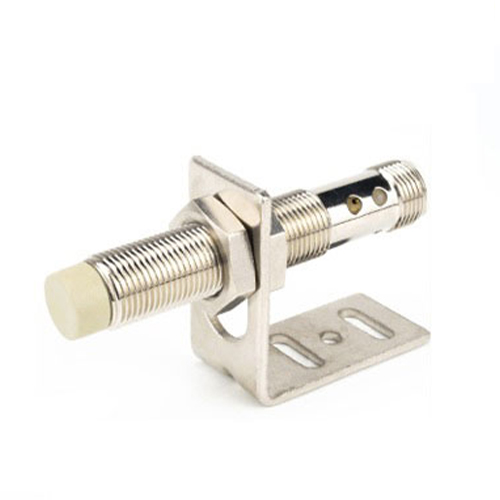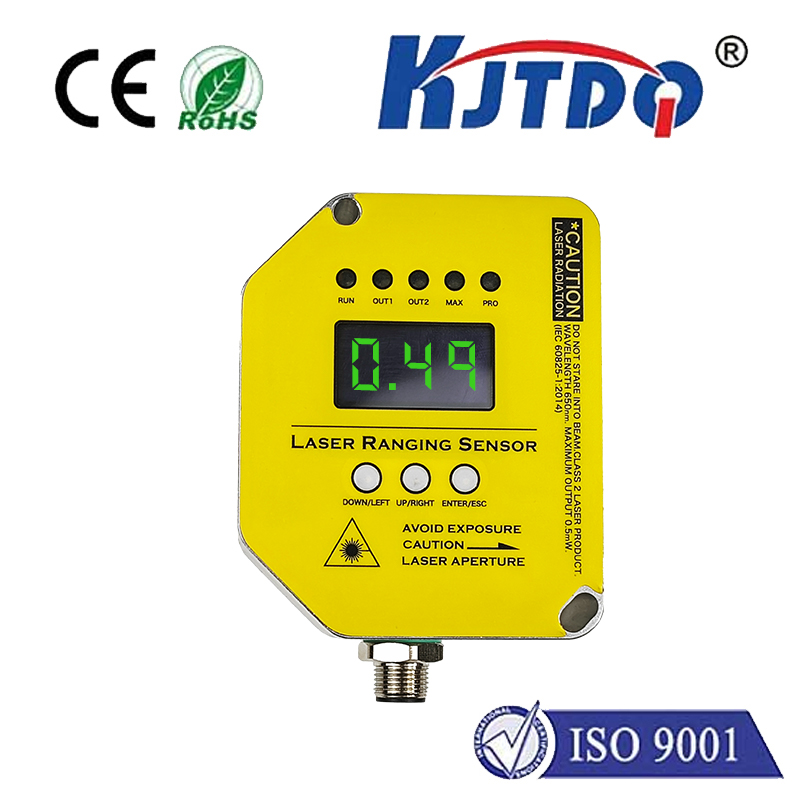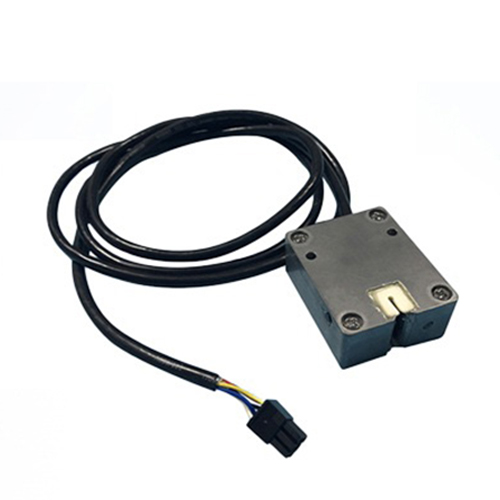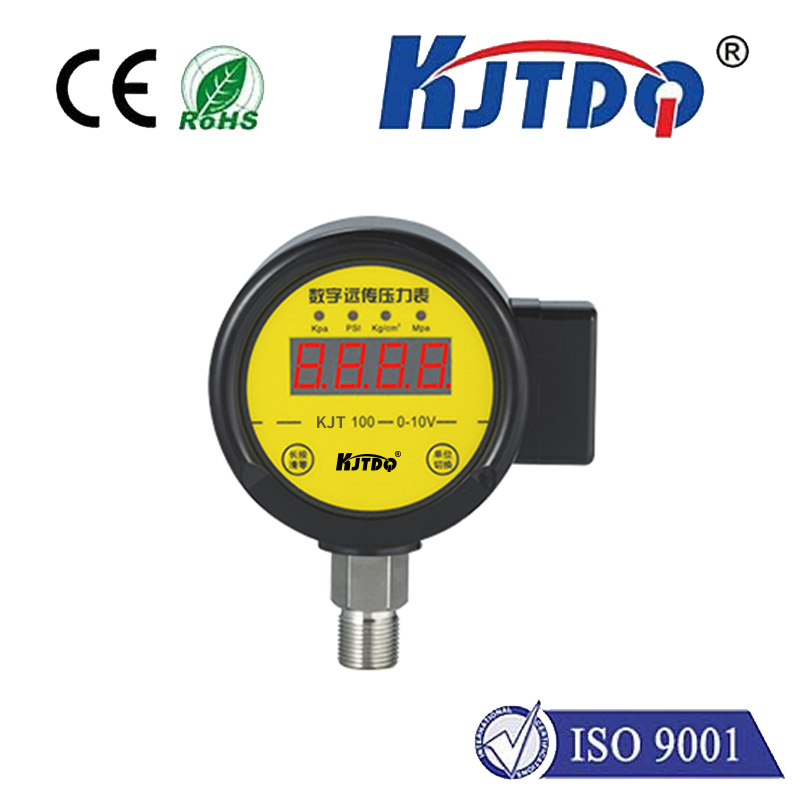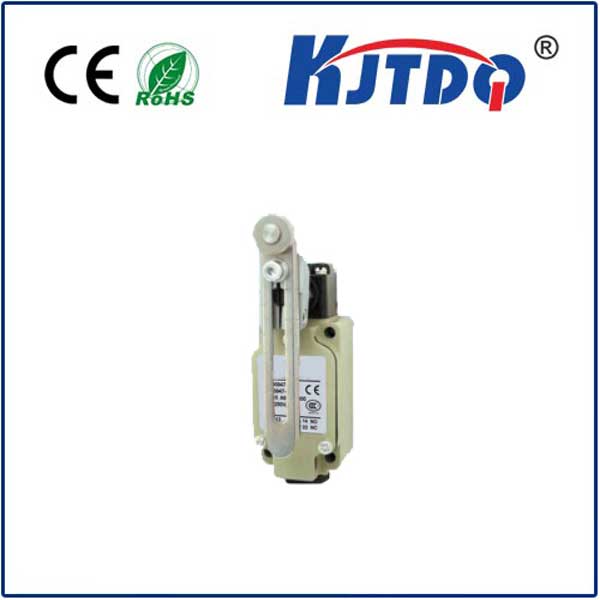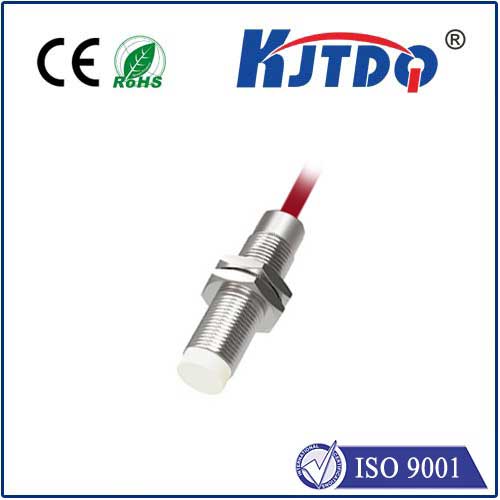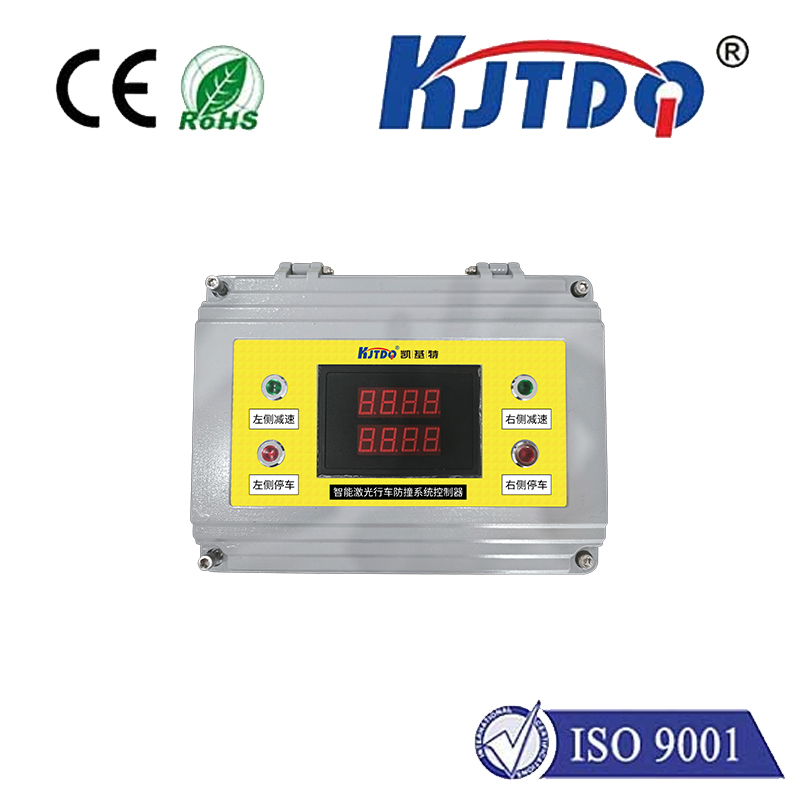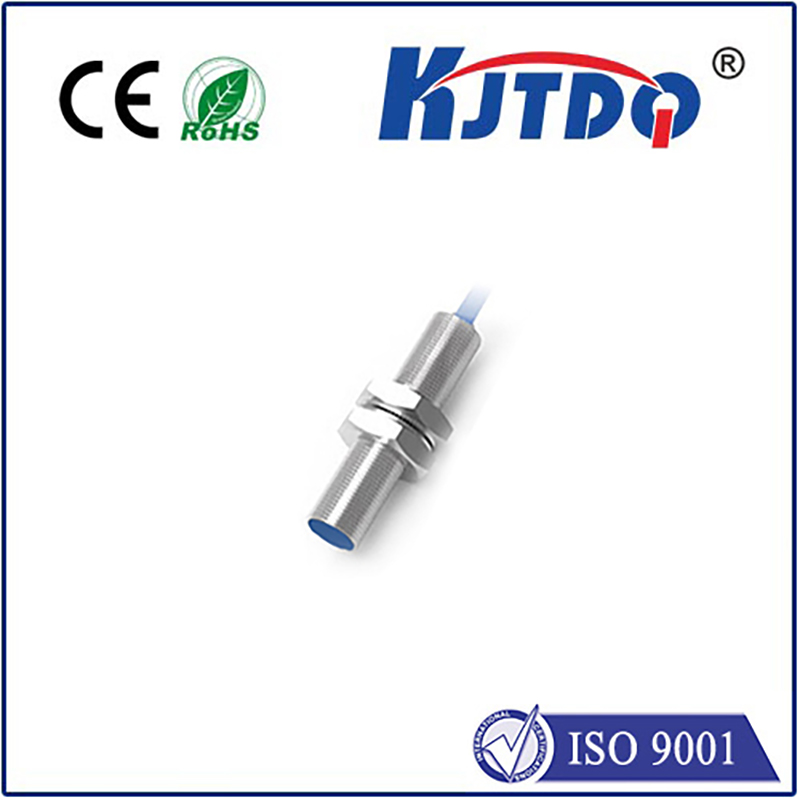optical pressure sensor
- time:2025-08-25 08:47:05
- Click:0
Seeing Pressure: How Optical Pressure Sensors Revolutionize Measurement
Forget bulky dials or fragile electronic circuits. Imagine measuring force, weight, or pressure not by mechanical deformation or electrical resistance, but by capturing the subtle dance of light. This is the captivating reality offered by optical pressure sensors. These sophisticated devices transform the invisible force of pressure into a measurable change in light properties, opening doors to applications impossible for traditional sensors. From navigating the harsh environment deep within jet engines to delicately probing the human body during surgery, optical pressure sensing is quietly transforming how we interact with the physical world.
Beyond the Strain Gauge: The Core Principle
At its heart, an optical pressure sensor operates on a fundamental idea: applied pressure alters the path, intensity, phase, or wavelength of light. Unlike conventional sensors that rely on piezoresistive elements (changing electrical resistance under strain) or capacitive plates, optical sensors use light as the primary information carrier. This typically involves:
- A Light Source: Usually an LED or laser diode generating the interrogating light beam.
- An Optical Sensing Element: This is the critical component directly interacting with pressure. Common configurations include:
- Flexible Diaphragms: Pressure deflects a thin membrane. Optical methods like interferometry or intensity modulation measure this deflection with incredible precision. Changes in reflected light path length (interferometry) or the amount of light passing through or reflected (intensity) correlate directly to pressure.
- Fiber Bragg Gratings (FBGs): Tiny periodic structures inscribed into an optical fiber core. Applied pressure or strain changes the spacing of these structures, shifting the specific wavelength of light reflected by the grating. Measuring this Bragg wavelength shift provides a highly sensitive and multiplexable pressure reading.
- Fabry-Pérot Interferometers (FPIs): Created by two parallel reflective surfaces facing each other, often within an optical fiber or on a diaphragm. Pressure changes the tiny cavity gap between them, altering the interference pattern of reflected light. Analyzing this interference shift reveals the pressure value.
- A Photodetector: Converts the modified optical signal back into an electrical signal for processing and interpretation.
Why Go Optical? Key Advantages Driving Adoption

The shift towards optical-based pressure transducers is fueled by several compelling benefits:
- Immunity to Electromagnetic Interference (EMI): As light, not electricity, is the signal carrier within the sensing region, these sensors are inherently unaffected by strong electromagnetic fields, lightning, or radio frequency noise. This makes them ideally suited for harsh industrial environments, power generation facilities, and aerospace applications.
- Intrinsic Safety: The absence of electrical currents at the measurement point eliminates sparking risks. This inherent safety is crucial in explosive or flammable atmospheres (ATEX/IECEx zones) and within the human body.
- High Sensitivity and Precision: Optical techniques like interferometry offer nanometer-scale resolution. This allows for ultra-precise pressure measurements critical in research, semiconductor manufacturing, and microfluidics.
- Long-Distance Signal Transmission: Optical signals travel efficiently over kilometers of optical fiber with minimal signal loss or degradation. This is perfect for remote monitoring in pipelines, dams, oil wells, or large structures.
- Miniaturization: Optical components, particularly fiber-based ones like FBGs and micro-FPIs, can be extremely small. This enables minimally invasive sensing in medical devices (e.g., catheters, endoscopes) and integration into tight spaces within machinery.
- Multiplexing Capability: A single optical fiber can incorporate multiple sensing elements (like numerous FBGs). This allows for distributed pressure sensing along a structure (e.g., mapping pressure on a wind turbine blade or along an aircraft wing) or measuring pressure at multiple points simultaneously, reducing cabling complexity and cost.
- Corrosion and Chemical Resistance: Optical fibers and many sensing element materials (e.g., fused silica, sapphire) exhibit excellent resistance to corrosive chemicals and extreme temperatures, further expanding their usable environments beyond traditional metal sensors.
Where Light Meets Force: Diverse Applications
The unique strengths of optical pressure sensors unlock a vast range of applications:
- Aerospace & Aviation: Monitoring combustion chamber pressure in jet engines (extremely high temperatures), hydraulic system pressures, structural loads on wings and fuselage under vibration and EMI.
- Oil & Gas: Downhole pressure monitoring in drilling and production wells (high pressure, high temperature, corrosive fluids), pipeline pressure and leak detection over vast distances.
- Medical & Healthcare: Minimally invasive blood pressure monitoring within arteries and veins via catheters, intracranial pressure (ICP) monitoring, intrauterine pressure (IUP) during childbirth, pressure sensing in surgical robotics and laparoscopic tools.
- Industrial Process Control: Pressure monitoring in high-voltage transformers, chemical reactors, high-EMI environments near motors or generators, clean rooms (non-contaminating).
- Civil Engineering & Geotechnical: Structural health monitoring of dams, bridges, tunnels, and foundations (detecting stress, load distribution, potential failure points), pore water pressure measurement in soil.
- Energy: Pressure sensing in high-voltage switchgear, hydroelectric dams, and geothermal installations where EMI or harsh conditions prevail.
- Research & Development: High-precision pressure measurements in wind tunnels, microfluidics labs, material testing, and physics experiments.
Implementing Optical Sensing: Important Considerations
While powerful, deploying optical pressure sensors requires understanding specific factors:
- Interrogation Unit: The sensor head itself (diaphragm, FBG, FPI) is just part of the system. A specialized optoelectronic interrogator is needed to launch the light, receive the modified signal, and accurately decode the pressure information. Cost and complexity of this unit are key factors.
- Calibration: Like any precision instrument, rigorous calibration against known standards is essential for accuracy, particularly for techniques involving complex interference patterns.
- Fiber Handling: Optical fibers are more fragile than electrical wires and require careful handling, routing, and termination to avoid breakage or excessive bending losses.
- Cost: Initial system costs can be higher than simple electromechanical sensors, though the total cost of ownership (considering longevity, reduced downtime, safety, multiplexing) often proves favorable for demanding applications.
The Future is Luminous
Optical pressure sensor technology continues to evolve rapidly. Advancements focus on further miniaturization, developing lower-cost interrogation solutions, improving sensor packaging for extreme environments, and enhancing multiplexing density. As industries push performance boundaries and demand safer, more reliable, and higher-fidelity measurements, optical pressure sensing stands out as a versatile and powerful solution. By translating force into light, these sensors shine a revealing beam on processes previously obscured by harsh conditions or the limitations of conventional technology, paving the way for safer operations, groundbreaking research, and deeper insights into the physical world.












